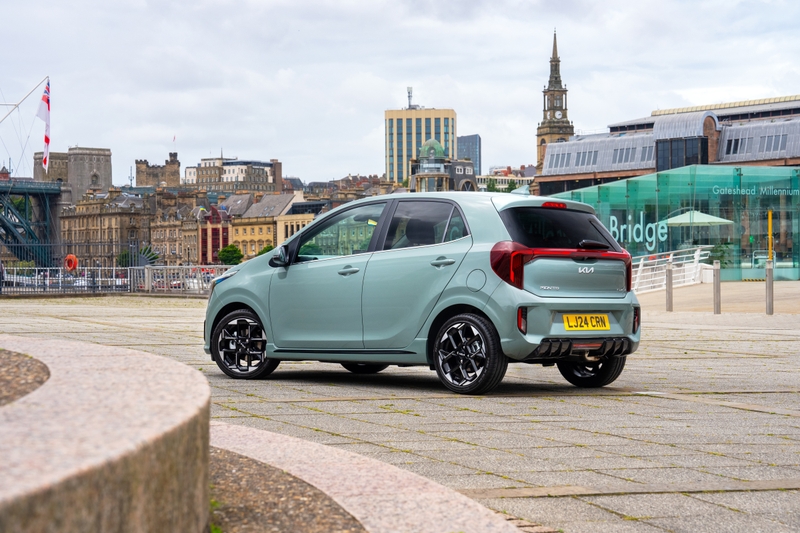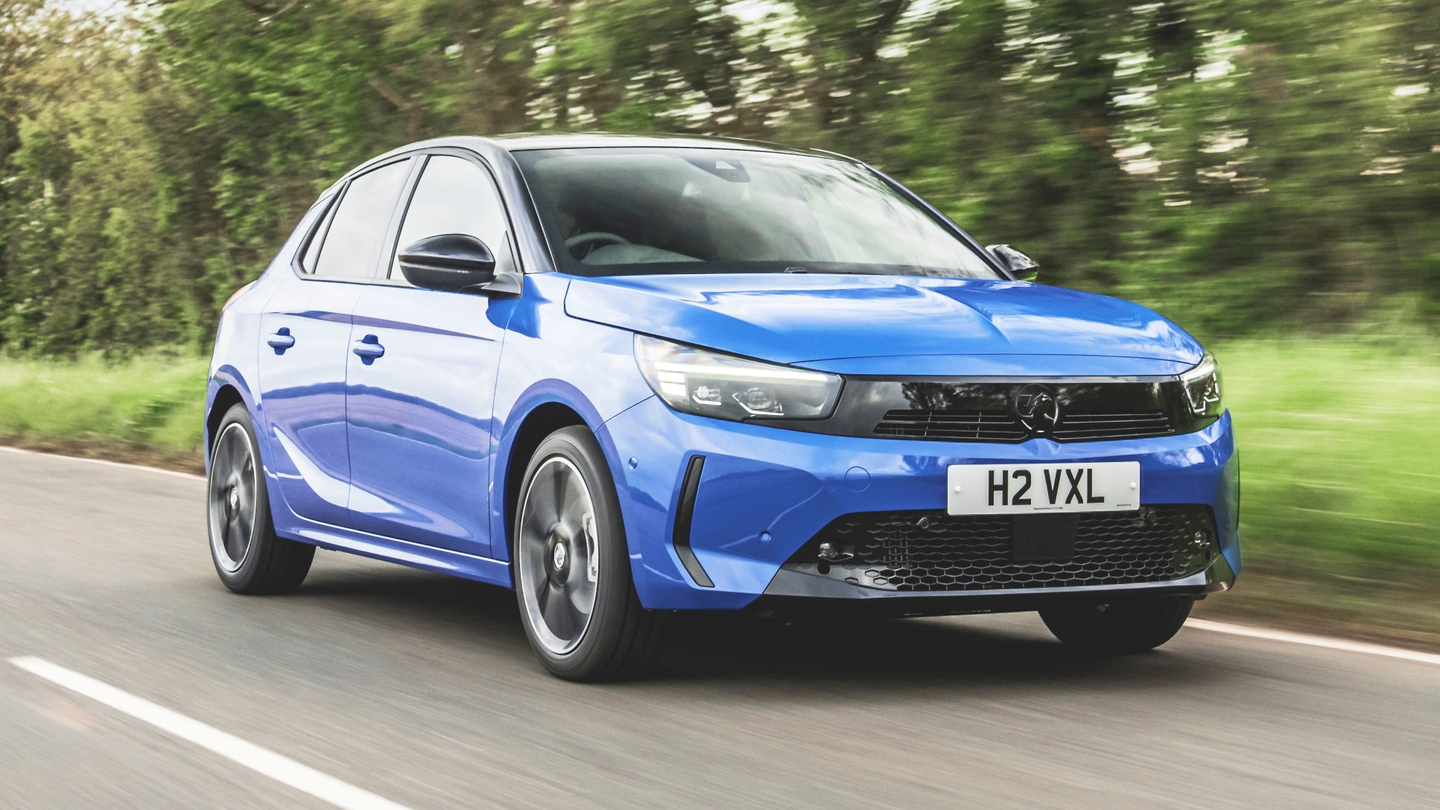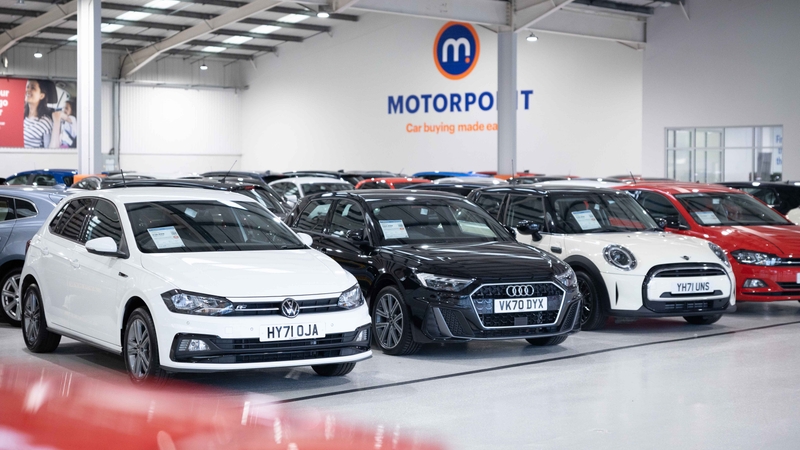
Kia Picanto engines, driving and performance
Gallery
How does the Kia Picanto drive?
The Picanto shines in urban environments. Its short wheelbase and quick-witted front end means the car dives into tight turns with very little sense of inertia holding you back. This is complemented by the slightly firm suspension that keeps the car in line, resisting roll and wobble through fast direction changes.
Don't go thinking this is an intense, sporty car, however. There's little feedback through the steering wheel, but it's light and accurate enough that the Picanto is easy to place on the road. We also liked the manual gear shifter, which feels light and mechanical under your hand.
Some very short cars can feel a little nervous on the motorway but the Picanto retains its composure. That said, you will hear a fair amount of tyre noise at higher speeds, usually playing a duet with engine noise as the units work fairly hard to keep up with fast traffic.
Is the Kia Picanto comfortable?
The tradeoff for the Picanto's agility and composure is a slightly firm ride. You'll feel most impacts like potholes and speedbumps, but there's enough shock absorption that it's not tiring on longer drives.
Few cars in this class ride like a limousine, however, with only the mechanically similar Hyundai i10 marking much of an improvement over the little Kia.
Scruffy road surfaces or high-grip asphalt will see some high-frequency vibrations make it to your feet, although the Picanto is still appreciably better in this respect than the Fiat 500 or Toyota Aygo.
What’s the best Kia Picanto engine to get?
There's a pair of non-turbo petrol engines to pick from, and one turbocharged model at the top of the lineup. None are especially quick – in fact, most are fairly slow – but all options return strong mpg figures so shouldn't cost much to run.
The entry-level 1.0-litre petrol works fine around town but, with only 66hp on tap, feels a bit gutless on the motorway. It'll cruise happily at the national speed limit, but any kind of overtaking usually requires a gearchange or two and a healthy stab of throttle – or a good run up.
Upgrading to the 83hp 1.25-litre unit goes some way to fixing this problem. It's positively zippy at urban speeds and you shouldn't find yourself leaning on the accelerator as much to keep up with faster traffic. However, its slightly long fifth gear – there's no six-speed option – means you might still need to swap to fourth to pass slower traffic on a country road, for example.
Range-topping Picantos use a 1.0-litre turbo petrol with 99hp. On paper, that sounds like only a modest gain over the 1.25-litre petrol but, in the real world, the extra low-down shove of the turbo engine means it feels noticeably stronger. Plus, at higher speeds you can usually hold onto fifth gear without needing to swap down when overtaking, making motorway driving much more relaxing.
Kia Picanto performance
If you want proper performance, the Kia Picanto probably isn't the car for you. None of the engines are quick – even the fastest 1.0-litre turbo model only just breaks the 10-second mark in the 0-62mph sprint.
The non-turbo 1.0-litre and 1.25-litre petrols have enough power to get the car up to the legal speed limit but both quickly run out of puff under full throttle.
Thankfully, its relative lack of power doesn't compromise the Picanto's overall entertaining driving experience. The sharp handling, intuitive controls and tight dimensions mean it's still fairly good fun to weave down side streets and go toe-to-toe with urban traffic.

















































